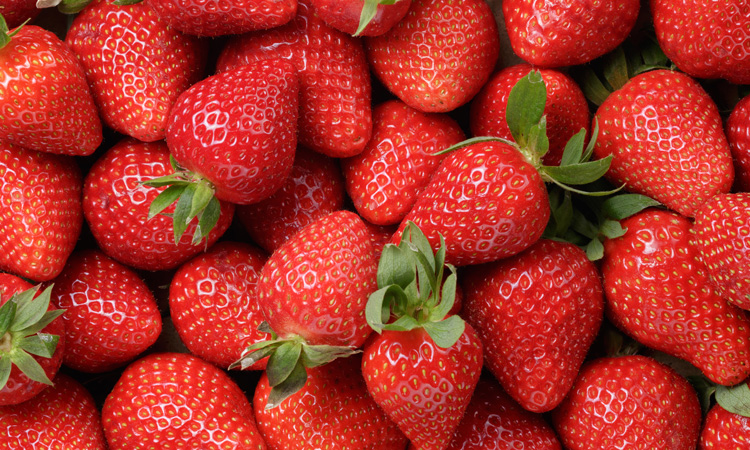Report outlines key preservation technologies to reduce food waste
- Like
- Digg
- Del
- Tumblr
- VKontakte
- Buffer
- Love This
- Odnoklassniki
- Meneame
- Blogger
- Amazon
- Yahoo Mail
- Gmail
- AOL
- Newsvine
- HackerNews
- Evernote
- MySpace
- Mail.ru
- Viadeo
- Line
- Comments
- Yummly
- SMS
- Viber
- Telegram
- Subscribe
- Skype
- Facebook Messenger
- Kakao
- LiveJournal
- Yammer
- Edgar
- Fintel
- Mix
- Instapaper
- Copy Link
Posted: 9 July 2020 | Sam Mehmet (New Food) | No comments yet
The Lux Research report has documented “best-in-class” protection and preservation technologies that companies should invest in to reduce food loss and food waste.


A new report by Lux Research, “Preserving the Food Chain,” has outlined key protection and preservation technologies to help companies achieve significant reductions in both pre-consumer food loss and post-consumer food waste. Food loss and waste (FLW) currently causes an estimated $1 trillion in economic losses globally each year, leading the United Nations to set a goal of reducing global FLW by 50 percent by 2030.
“Preservation and shelf life extension technologies are key across the agrifood and health ecosystems, something the pharmaceutical and pesticide industries have long understood,” said Lux Research Analyst and lead author of the report, Harini Venkataraman, Ph.D. “We’re now seeing innovation and new solution development across the food supply chain, from pre-harvest preservation technologies to post-retail and in-home storage solutions.”
The report documented “best-in-class” protection and preservation technologies across six segments of the agrifood value chain and highlighted emerging technologies that companies need to invest in now to take full advantage of the benefits of preservation tech, including novel natural preservatives, edible coatings, and active packaging technologies. “The penetration and adoption of biological and digital tools will play an important role in shaping the future of preservation tech,” Venkataraman said.
Lux Research has predicted that there will be developments in all six segments of the value chain in the coming three years. On farms, integrated crop protection will become industry-standard, while post-harvest wax coatings will lose dominance to a mix of bio-based coating solutions, the report suggested.
Within food production, Lux Research noted that biopreservation methods will achieve performance parity with conventional preservatives and distributors will adopt digital tools more liberally to manage supply chains.
Within homes, the report suggested that point-of-use sensors will flourish, driven by consumers’ concerns about the safety and reliability of purchased products.
The report also highlighted that the COVID-19 pandemic has enhanced the need for supply chain resiliency, which it stated will continue to drive innovation in a persistent fashion long after the peak of the global crisis passes.









